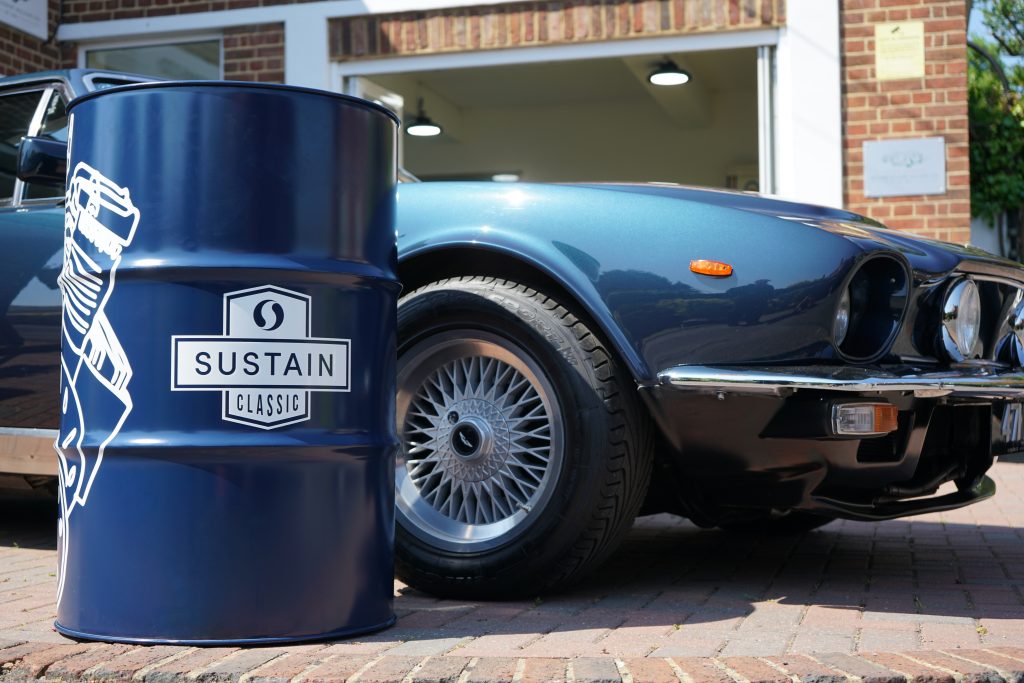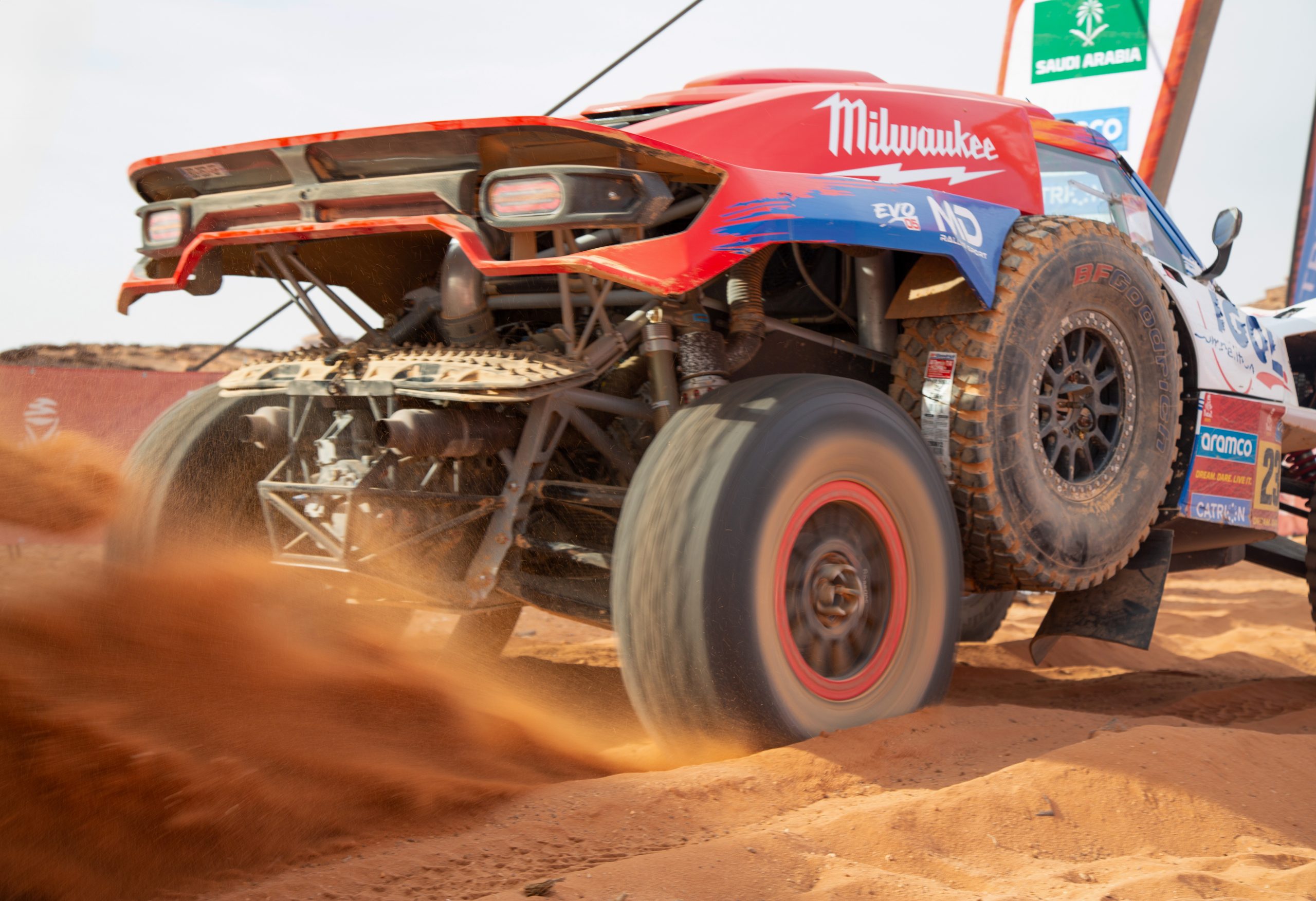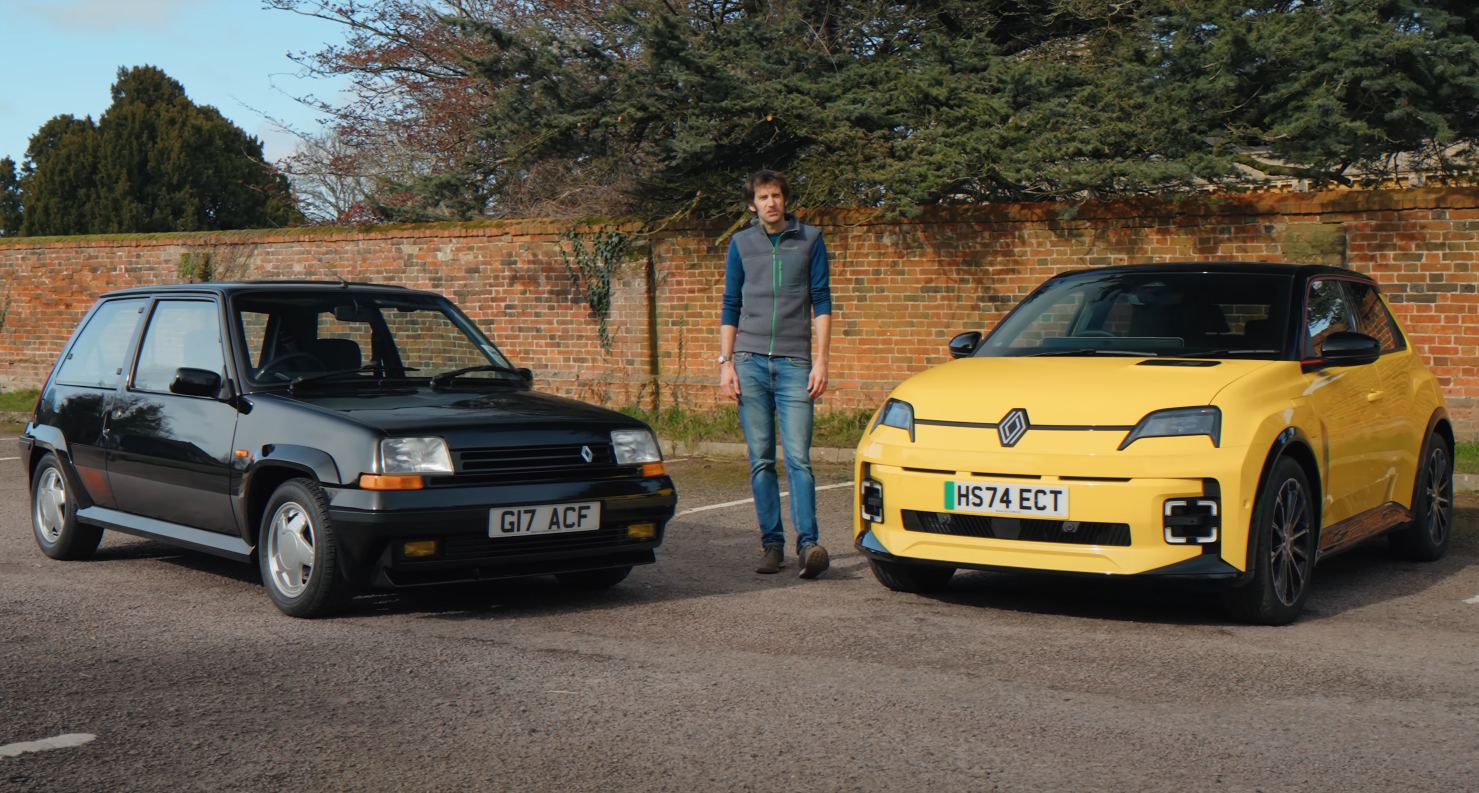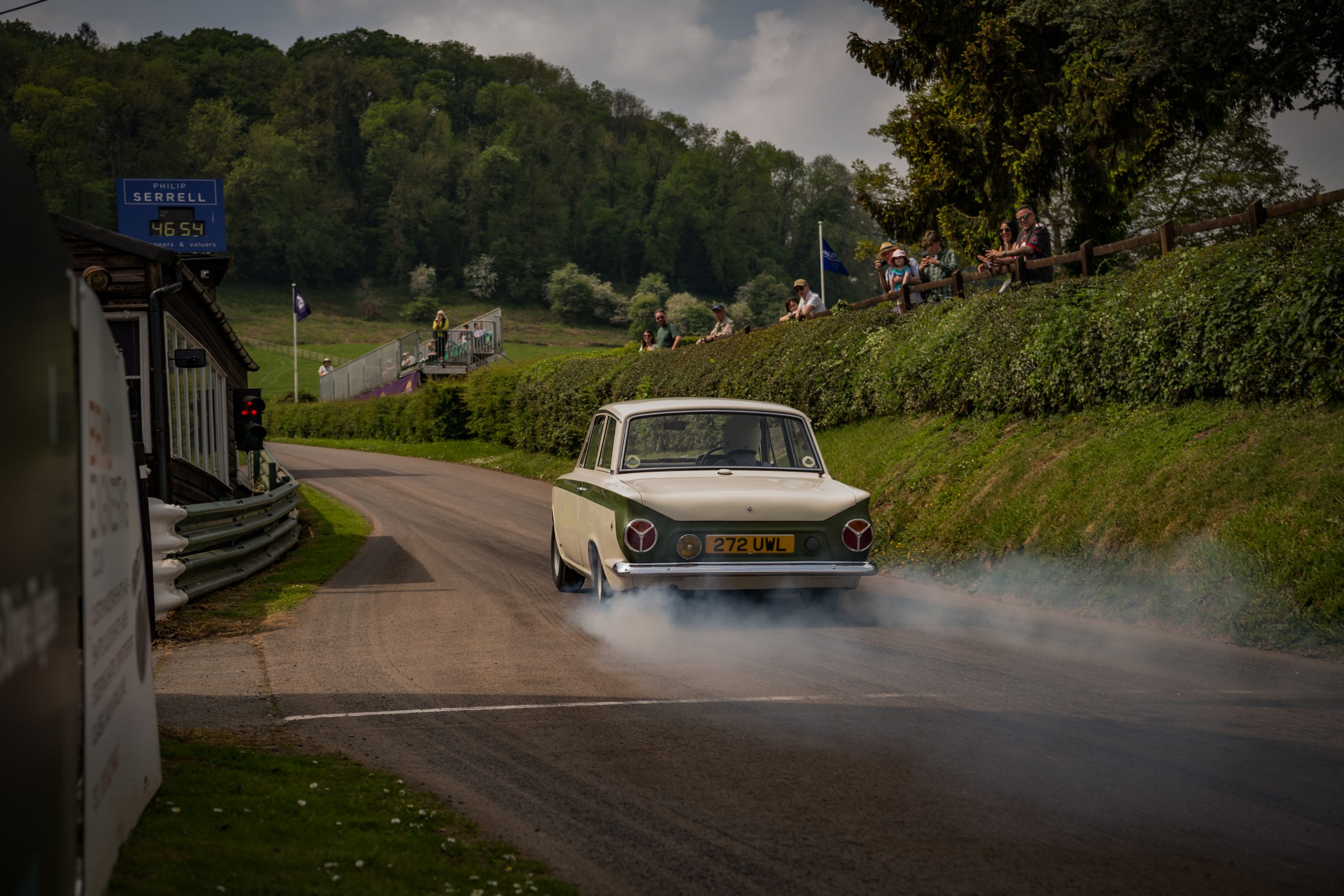Motor racing is almost as old as the motor car itself. As soon as humans discovered the thrill of driving they wanted to compete against each other just as they had on foot or horseback before.
Now driving as we have known it for over a century is under threat and that means motor sport is as well.

There’s no denying there are benefits from the electrification of the auto industry, but there is also plenty to be lost. If internal combustion is completely banned, then the living history of the motor car will end up parked and that’s something that the Vintage Sports Car Club for one is desperate to avoid.
The VSCC was formed in 1934 “to provide competitive events for cars five years old or more and social events for members.” Today the cut-off for eligible cars extends to as recently as 1955, but the club’s ethos remains the same and it hosts nearly 50 events annually from hillclimbs and sprints to driving tours – all powered, of course, by the internal combustion engine.
If the club is to survive its members have to be able to drive their cars, so that’s why the VSCC is on a mission to find sustainable ways for them to continue to compete and enjoy the camaraderie of combustion for years to come.
“The government hasn’t committed to anything other than combustion engines ceasing production. Our cars are not EV-suitable. Of course, you can do it but to put an electric motor in a historic car is like ripping its heart and soul out. So, we have to look at the alternatives,’ says VSCC Secretary Tania Brown.
The first stage is to make the club’s operation more eco-friendly. That’s already begun with the VSCC pledging to offset 400 per cent of the emissions from its events through a scheme that’s equally balanced between accredited international offsets and UK capture schemes which are an equal mix of tree planting and peatland restoration.
The VSCC is also offsetting all of the mileage covered by its staff and encouraging its members to offset their own emissions on the roads.
“We had to do something, which is why we do the 400 per cent recovery, not just a one-to-one recovery. So it’s not just greenwashing. It’s going above and beyond,” explains Brown.
“For events where we sell our own tickets, we add a pound to each ticket and use that to offset the emissions for spectators which would cover roughly 55 miles,” she adds.
That’s just the start, however. The club’s Prescott Hill Climb on August 5-6 will be the first where a car runs the course on sustainable fuel and on September 23 Motor Spirit will be at the famous hill to supply Coryton’s bio-fuel to competitors and spectators.

“The idea to have one event where everyone tries it and sees what’s it like themselves. Then we’ll be strongly encouraging them to use it next year, and we’ll be having strategy meetings over the next few months about how we can encourage that. It might be a reduced entry fee, it might be a handicap system that is preferential to them if they’re running on sustainable fuels, but we will incentivise people running on sustainable fuels at all of our events.”
The suggestion of incentives might suggest that more environmentally-friendly fuel could disadvantage competitors, but Brown insists the opposite is actually true: “It runs very clean. It’s perhaps not a performance advantage but it does run cleaner and better. Duncan Pittaway ran the Beast of Turin at Goodwood on P1 fuel and he said it started on the first swing every time. I don’t know if you’ve ever seen the Beast start before, but firing on the first swing is quite unusual. Certainly everyone that I’ve spoken to that’s run on it says the same. It’s not a clear performance advantage, but it is slightly better than existing fuels purely because it’s more clean.”
Brown hopes that by actually experiencing it for themselves VSCC members will quickly see the advantage of using sustainable fuels and safeguard the future.
“We’re custodians of history: on the road history that we use on a regular basis. If we want to keep using our cars, we’ve got to do it responsibly. So we’re taking as many steps as we can in that direction as quickly as we can.”









